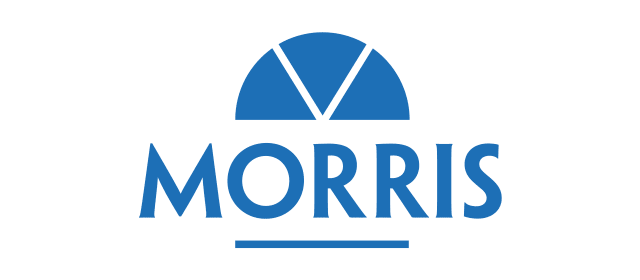The correct application of a sealant involves more than simply choosing a material with appropriate physical and chemical properties, but also having a good insight into joint design, substrates to be sealed, performance needed, and of course the economic costs involved in the installation and maintenance of a joint sealant.
General considerations for selecting a sealant type for use in the construction industry whether for residential or commercial are the same:
Joint Design: The specification of a joint design must match up with a sealant's movement capabilities for the installed conditions. The practicality of installation of the sealant and other joint elements and the desired aesthetic appearance are also a consideration.
Physical and Chemical Properties: Properties of the sealant such as, modulus of elasticity, its stress/strain recovery characteristics, tear strength, and fatigue resistance are all factors that influence sealant performance in a joint. The sealant polymeric type along with additives such as fillers and plasticizers will affect the performance of the product.
Durability Properties: The adhesion of a sealant to a specific substrate(s) and its aging characteristics as they relate to resistance to among others ultra-violet radiation, moisture, temperature, cyclic joint movement, movement during curing, and bio-degradation can profoundly influence the service life of the installed sealant.
Application/Installation Properties : Important considerations include the consistency of the sealant (pourable or gunnable), pot life and tooling time, tack free time, application temperature range, and low temperature "gunnability" (i.e. ability to be dispensed easily by sealant gun). Sealants used for interior applications, even in high-rise or light commercial structures, will have properties and needs different from those used in other applications, such as structural sealant glazing or exterior building facade seals.















